European Chestnut (Castanea sativa), also called Sweet Chestnut or Spanish Chestnut, is a deciduous tree belonging to the Fagaceae family. Native to Western Asia and Southeastern Europe, it thrives in temperate regions and has been cultivated for thousands of years for its edible seeds-commonly known as chestnuts. These nuts are prized in cooking, making the tree a valuable addition to both home gardens and orchards. As a perennial plant, it can grow well in USDA Hardiness Zones 5 and 6, offering a reliable and sustainable food source season after season.
| Common name | European Chestnut, Spanish Chestnut, Sweet Chestnut |
| Botanical name | Castanea sativa |
| Family | Fagaceae |
| Species | sativa |
| Origin | Western Asia and Southeastern Europe. |
| Life cycle | Perennial |
| Plant type | Edible |
| Hardiness zone | 5, 6 |
| Sunlight | Full Sun |
| Maintenance | High |
| Soil condition | Clay |
| Soil ph | Acid |
| Drainage | Well-Drained |
| Growth rate | Medium |
| Spacing | more than 60 ft. |
| Harvest time | Fall |
| Flowering period | Summer |
| Height | 8- 100 ft. |
| Flower color | Gold, Yellow |
| Leaf color | Green |
| Fruit type | Nut |
| Flower benefit | Showy |
| Garden style | Edible Garden |
| Uses | Meadow |
I. Appearance and Characteristics
Castanea sativa, the sweet chestnut, Spanish chestnut or just chestnut, is a species of tree in the family Fagaceae, native to Southern Europe and Asia Minor, and widely cultivated throughout the temperate world. A substantial, long-lived deciduous tree, it produces an edible seed, the chestnut, which has been used in cooking since ancient times.
C. sativa attains a height of 20–35 metres (66–115 feet) with a trunk often 2 m (7 ft) in diameter. Around 20 trees are recorded with diameters over 4 m (13 ft) including one 7.5 m (25 ft) in diameter at breast height. A famous ancient tree known as the Hundred Horse Chestnut in Sicily was historically recorded at 18 m (59 ft) in diameter (although it has split into multiple trunks above ground).
The bark often has a net-shaped (retiform) pattern with deep furrows or fissures running spirally in both directions up the trunk. The trunk is mostly straight with branching starting at low heights. The oblong-lanceolate, boldly toothed leaves are 16–28 centimetres (6–11 inches) long and 5–9 cm (2–4 in) broad.
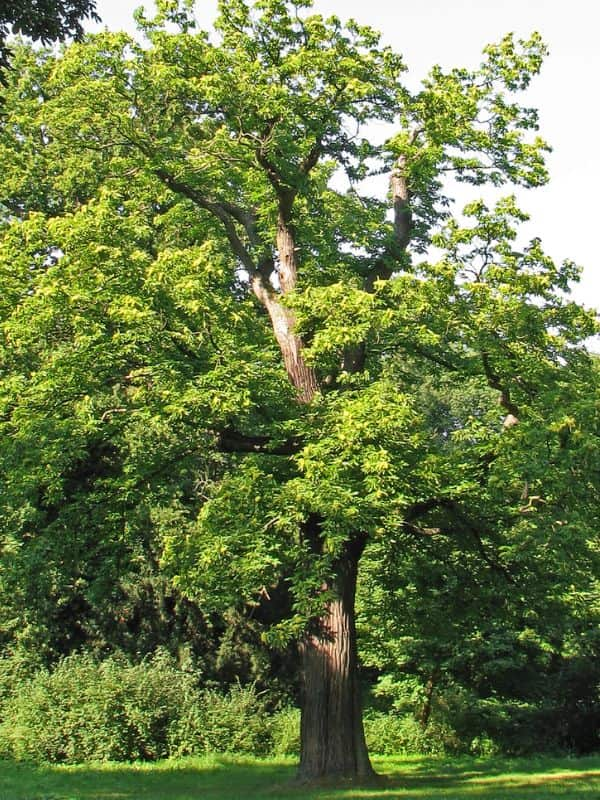
The flowers of both sexes are borne in 10–20 cm (4–8 in) long, upright catkins, the male flowers in the upper part and female flowers in the lower part. In the Northern Hemisphere, they appear in late June to July, and by autumn, the female flowers develop into spiny cupules containing 3–7 brownish nuts that are shed during October. The female flowers eventually form a spiky sheath that deters predators from the seed.
The sweet chestnut is naturally self incompatible, meaning that the plant cannot pollinate itself, making cross-pollination necessary. Some cultivars only produce one large seed per cupule, while others produce up to three seeds. The nut itself is composed of two skins: an external, shiny brown part, and an internal skin adhering to the fruit. Inside, there is an edible, creamy-white part developed from the cotyledons.
Sweet chestnut trees live to an age of 500 to 600 years. In cultivation they may even grow as old as 1,000 years or more.
II. How to Grow and Care
Sunlight
Sweet chestnut thrives best under full sun conditions, requiring abundant, direct light to foster robust growth and maintain optimal health. Although sweet chestnut can display a degree of adaptive resilience by tolerating partial sun, its growth may be less vigorous, and it may yield fewer fruits in such suboptimal lighting. In outdoor settings, sweet chestnut should be planted in locations where it can receive unhindered daylight for the majority of the day.
Lack of adequate sunlight can lead to stunted growth and diminished vitality in the tree. Sweet chestnut does not typically exhibit significant foliar adjustments or color changes in response to light variations and is not commonly grown indoors.
Temperature
The optimal average temperature is between 8 °C and 15 °C (46-59°F) and in January the temperature should preferably not be below -1 °C (30°F) but it may tolerate temperatures as low as -15 °C (5°F). Low temperature in autumn can damage the fruit. The maximal altitude is strongly dependent on the climate. In general, the climate should be similar to viticulture. Optimal precipitation is between 400 and 1,600 millimetres (16 and 63 in).
Watering
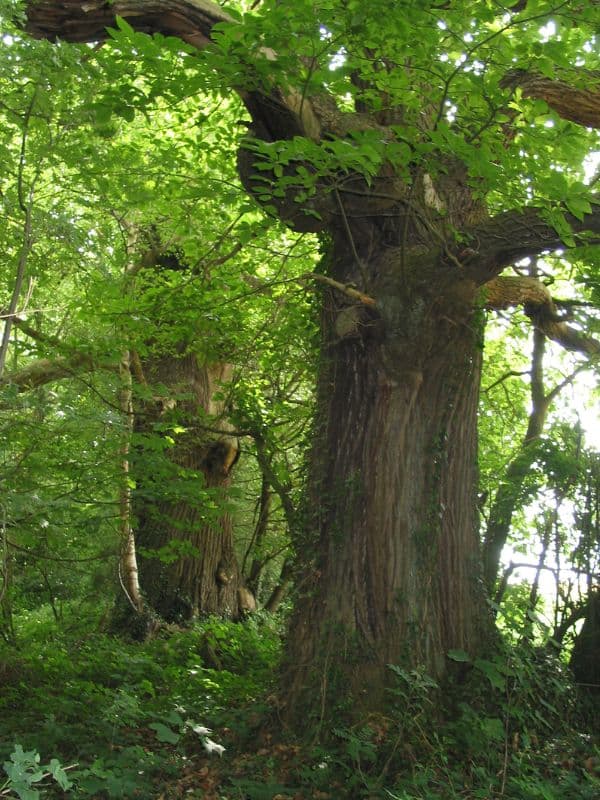
Originating from the temperate climates of Europe, sweet chestnut is well-adapted to moderate moisture levels, reflecting its resilience against short periods of drought. This species thrives with a watering schedule that allows the soil to dry slightly between sessions, typically requiring hydration once every 1-2 weeks. In terms of water positioning, sweet chestnut prefers a consistent but not saturated environment. As an outdoor plant often found in regions with distinct seasons, sweet chestnut’s growth cycle is closely tied to rainfall patterns, which influences both its dormant period and the timing of its water needs.
Soil
Sweet chestnut tree likes moist, fertile, slightly acidic (pH value at 4.5-6.5), sandy soil. Clay, which has poor air permeability, is not recommended. Sweet chestnut can endure drought, but standing water can cause breathing difficulty in its roots and affect healthy growth. Therefore, the soil needs to stay properly drained. Sloping land offers good drainage, so when planting on a slope, soil with a slightly poorer water-draining ability can still be used.
Fertilizing
To grow a Chestnut tree, you need a mixture of all essential nutrients. An all-purpose, balanced fertilizer is deemed best for its growth. You may also add well-rotted compost around the root area for added benefits. Adding some mulch will also help retain moisture and encourage helpful living creatures, like earthworms, some fungal growth that benefits the plant, making it harder, sturdier and more resistant to diseases.
Note: When the tree starts showing one foot of healthy growth annually, know that it does not require any more fertilising.
Growing in pots
Horse Chestnuts can be grown in pots for a few years before planting them in the ground. However, you can turn them into bonsais and continue to grow in pots. Here is how:
- Horse Chestnut trees love the chills, so you need to keep them in a cooler place to release the embryos from dormancy.
- Cover the container with plastic or glass to retain moisture and mist whenever it feels dry.
- As the plant starts growing leaves, move it to a larger container and place it in a sheltered location, away from direct sunlight. After a year, you can either plant it on the ground or start training it as a bonsai.
- Prune the roots regularly and nip extra leaves, keeping only about three pairs of sprouts.
- In the following year, place the plant in a new container and prune the taproot (about two-thirds of the entire system).
- After 3-4 years, the tree will develop an interesting bonsai form that you can keep in containers for its aesthetic value.
- The only work you have is to keep repotting the plant every few years to keep it healthy and growing.
After some years, you will see that the plant has become accustomed to its new form and then you will no longer need to prune the roots or leaves and let it be.
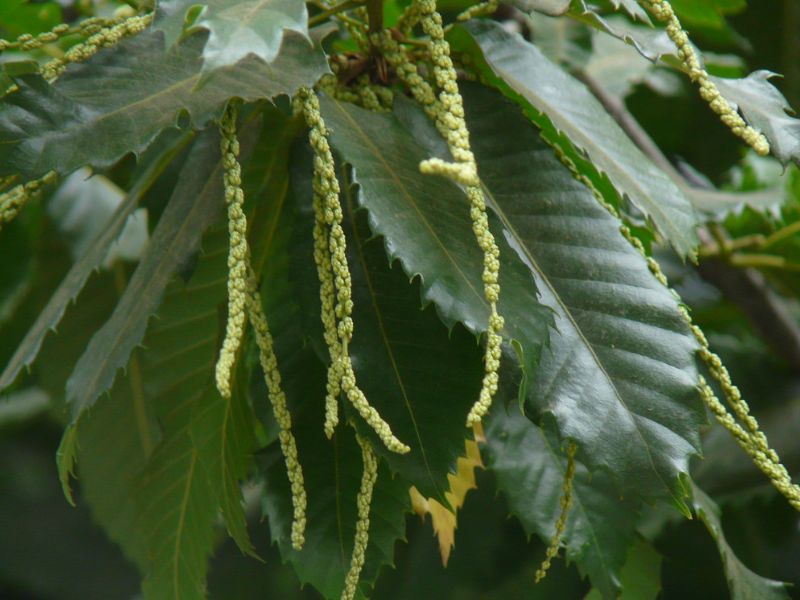
Pruning
Sweet chestnut tree likes sufficient sunlight. Its flowers often bloom on external new branches. Pruning its internal branches make it look more beautiful, increase internal ventilation and light, promote flowering and fruition, and reduce the chances of pests or diseases. When the plant blossoms, only keep early blooms to concentrate nutrients and make fruits plump; trim the rest. Prune old, dried, or pest-or-disease-infested branches are found at once. Do not prune on rainy days, as rain can help transmit pests and diseases and infect the pruning incisions. After pruning, apply fungicides to the incisions.
Propagation
You can propagate sweet chestnut tree by sowing seeds. Seed in early spring to allow ample time for the plants to grow. Seeds can be sown in pots indoors; the depth of the pots needs to be 30 cm or more. Fill the pot with soil and dig a 3 cm-deep hole. Place a chestnut in its flat side downward. Cover with soil and water every day until the seed buds. The budding seedling will grow towards the light, so rotate the pot from time to time to make sure the seedling grows up straight. When the chestnut shell falls off naturally and the frost season is over, move the pot outdoors on an overcast, rain-free day.
Transplanting
Transplanting the perennial ‘sweet chestnut’ typically thrives in the ideal transition between late winter and early spring (S3-S4). This notable period ensures root development before the dry season. Preferably, allocate ‘sweet chestnut’ in sunny to partly shaded locations. Take good care of the strong taproot during transplant for optimal growth.
III. Uses and Benefits
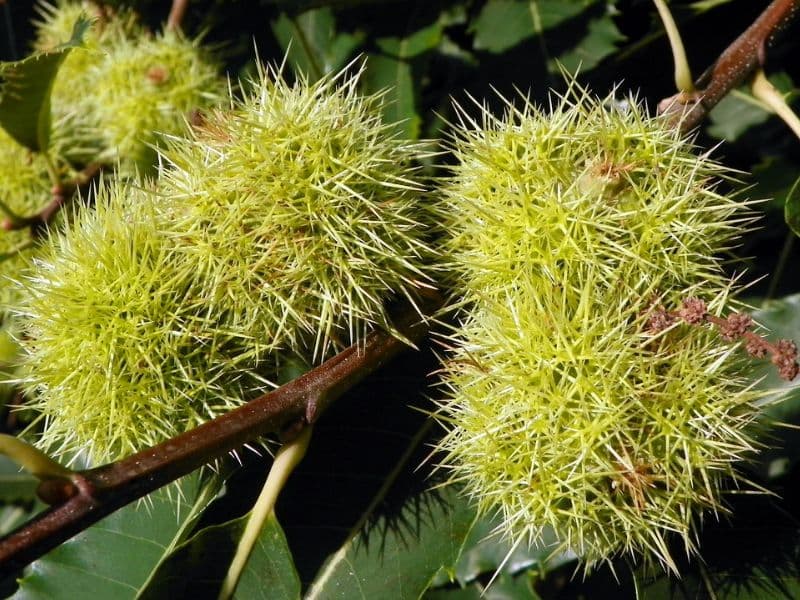
- Ornamental uses
Sweet chestnut (Castanea sativa) is a popular tree primarily cultivated for its edible nuts. However, it also has some ornamental value for its wide trunk, showy flowers, and spiked green fruit. It is well suited to growth as a specimen tree or shade tree in large gardens and landscapes where the fallen nuts and ground litter won’t pose a problem. Good companion plants include strawberries, clover, and garlic.
- Culinary uses
The species’ large genetic diversity and different cultivars are exploited for uses such as flour, boiling, roasting, drying, and sweets.
The raw nuts, though edible, have a skin which is astringent and unpleasant to eat when still moist; after drying for a time the thin skin loses its astringency but is still better removed to reach the white fruit underneath. Cooking dry in an oven or fire normally helps remove this skin. Chestnuts are traditionally roasted in their tough brown husks after removing the spiny couples in which they grow on the tree, the husks being peeled off and discarded and the hot chestnuts dipped in salt before eating them. Roast chestnuts are traditionally sold in streets, markets and fairs by street vendors with mobile or static braziers.
The skin of raw peeled chestnuts can be relatively easily removed by quickly blanching the nuts after scoring them by a cross slit at the tufted end. Once cooked, chestnuts acquire a sweet flavor and a floury texture similar to the sweet potato. The cooked nuts can be used for stuffing poultry, as a vegetable or in nut roasts. They can also be used in confections, puddings, desserts and cakes. They are used for flour, bread making, a cereal substitute, coffee substitute, a thickener in soups and other cookery uses, as well as for fattening stock. A sugar can be extracted from them.
The Corsican variety of polenta (called pulenta) is made with sweet chestnut flour. A local variety of Corsican beer also uses chestnuts. The product is sold as a sweetened paste mixed with vanilla, crème de marrons, sweetened or unsweetened as chestnut purée or purée de marron, and candied chestnuts as marrons glacés. In Switzerland, it is often served as Vermicelles.
Roman soldiers were given chestnut porridge before going into battle.
Leaf infusions are used in respiratory diseases and are a popular remedy for whooping cough. A hair shampoo can be made from infusing leaves and fruit husks.
- Other uses
This tree responds very well to coppicing, which is still practised in Britain, and produces a good crop of tannin-rich wood every 12 to 30 years, depending on intended use and local growth rate. The tannin renders the young growing wood durable and weather resistant for outdoor use, thus suitable for posts, fencing or stakes.
The wood is of light colour, hard and strong. It is used to make furniture, barrels (sometimes used to age balsamic vinegar), and roof beams notably in southern Europe (for example in houses of the Alpujarra, Spain, in southern France and elsewhere). The timber has a density of 560 kg per cubic meter, and due to its durability in ground contact is often used for external purposes such as fencing. It is also a good fuel, though not favored for open fires as it tends to spit.
Tannin is found in the following proportions on a 10% moisture basis: bark (6.8%), wood (13.4%), seed husks (10 – 13%). The leaves also contain tannin.
IV. Harvesting and Storage
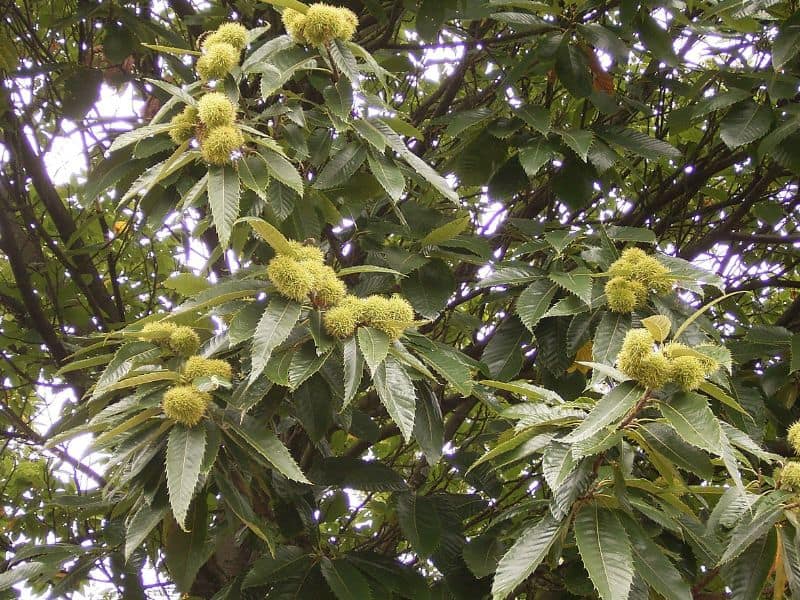
- Harvest
A tree grown from seed may take 20 years or more before it bears fruits, but a grafted cultivar such as ‘Marron de Lyon’ or ‘Paragon’ may start production within five years of being planted. Both cultivars bear fruits with a single large kernel, rather than the usual two to four smaller kernels.
The fruit yield per tree is usually between 30–100 kilograms (66–220 pounds), but can get as high as 300 kilograms (660 pounds). Harvest time is between middle of September and middle of November. There are three harvesting techniques:
By hand: The sweet chestnuts are harvested by rake or broom, with a harvest speed of 5 to 30 kilograms (11 to 66 pounds) every hour depending on the soil relief. Also, the capsule makes the harvest more complicated and even painful for the worker.
By hand with nets: This technique is less time-consuming and protects the fruits from injuries. However, setting up the nets is work intensive.
Mechanical: The fruits are collected with a machine that works similarly to a vacuum cleaner. Doing so is time-saving and economical, but it is possible that some fruits get injured, and an investment is needed. Furthermore, visual sorting is not possible.
- Post-harvest treatment
The most widespread treatment before storage is water curing, a process in which the sweet chestnuts are immersed in water for nine days. The aim of this practice is to limit the main storage problems threatening the sweet chestnut: fungi development and the presence of insect worms. As an alternative to water curing, hot water treatment is also commercially used.
After water treatment, the sweet chestnuts are stored in a controlled environment with high carbon dioxide concentrations. In contrast to a cold storage system, where the fruits are stored at low temperatures in untreated air, the controlled environment method avoids flesh hardening which negatively impacts the processability of the product.
Find Where to Buy the Best Sweet Chestnut (Castanea sativa)

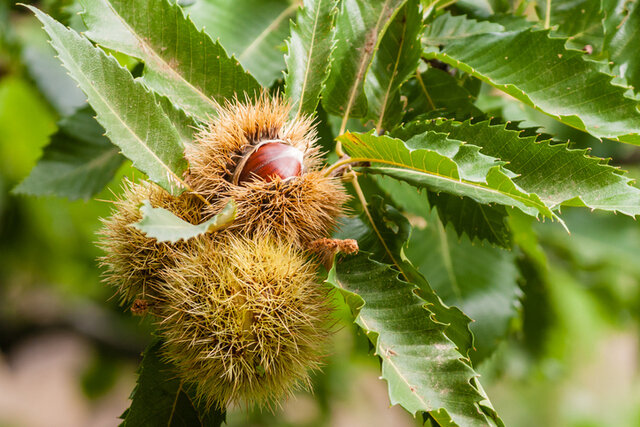





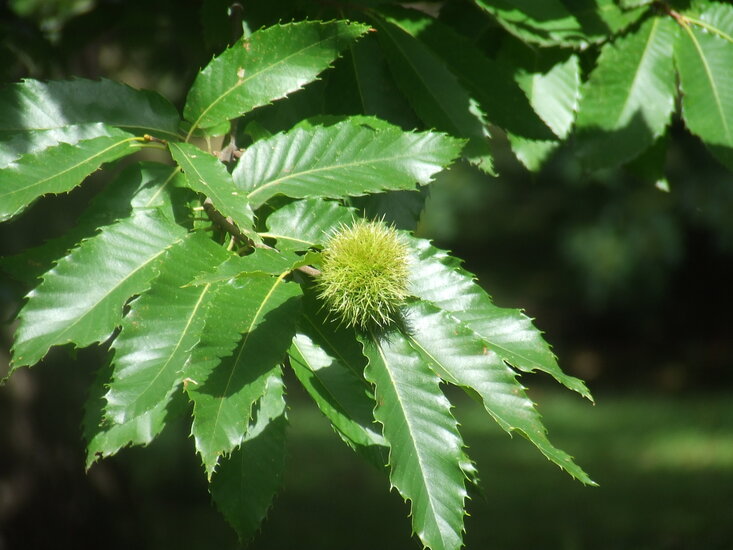

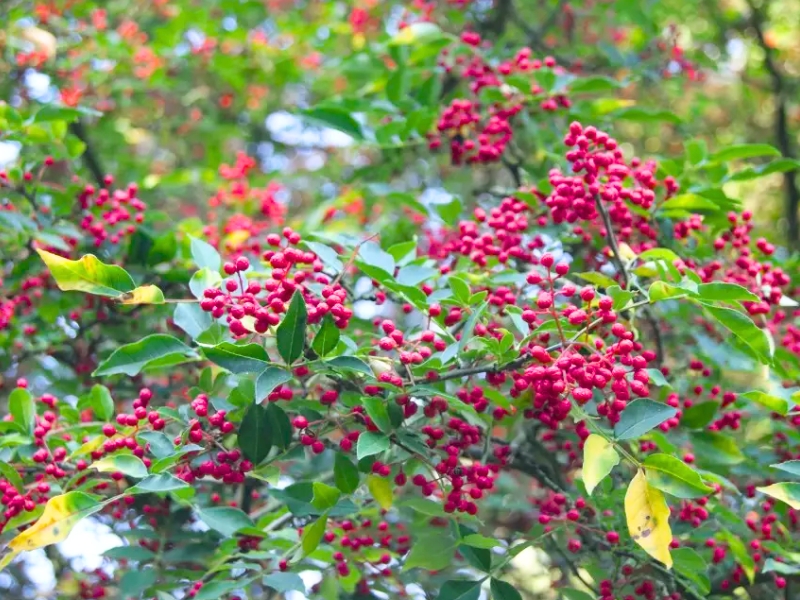
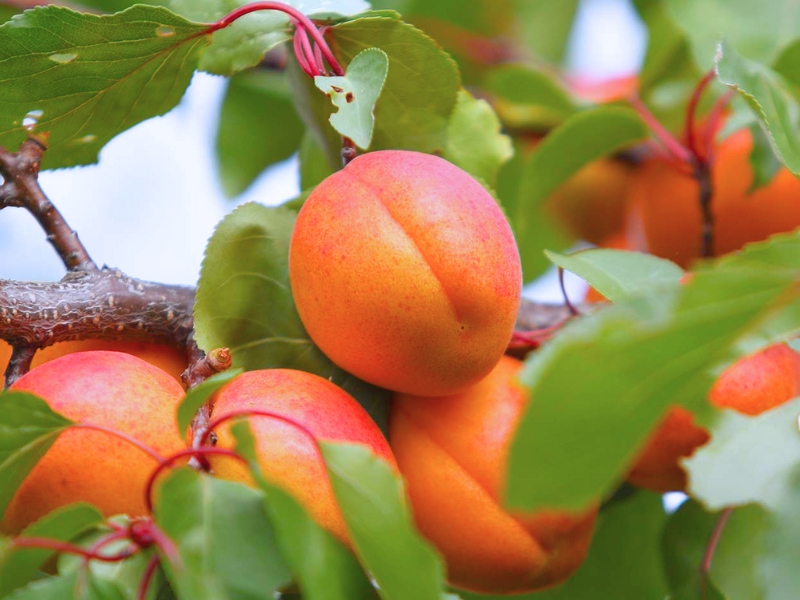
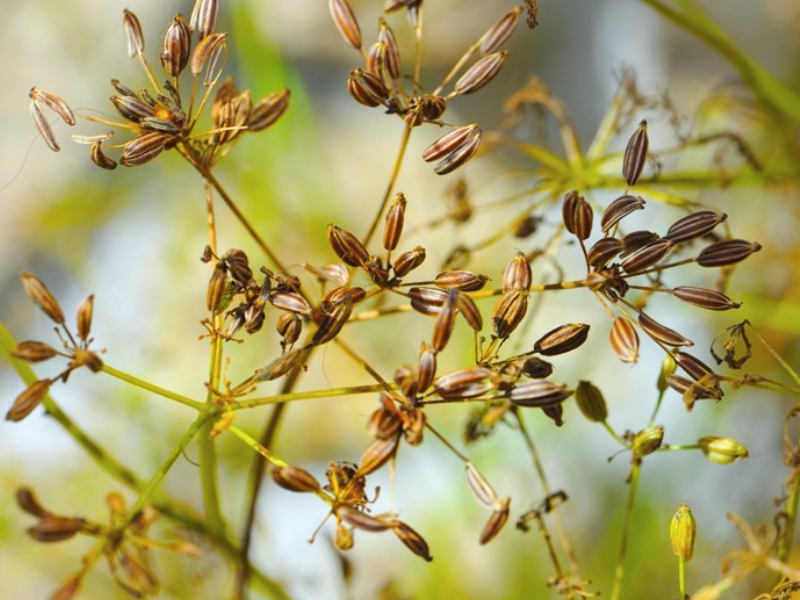
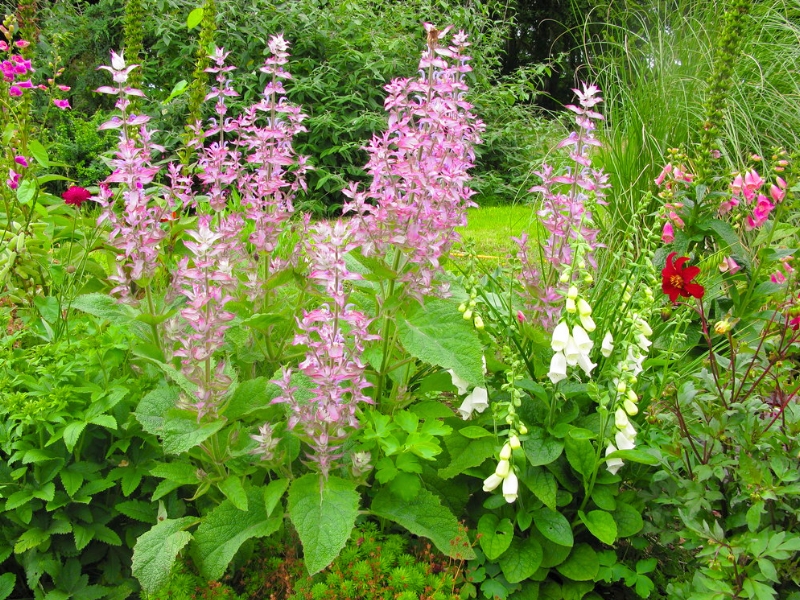
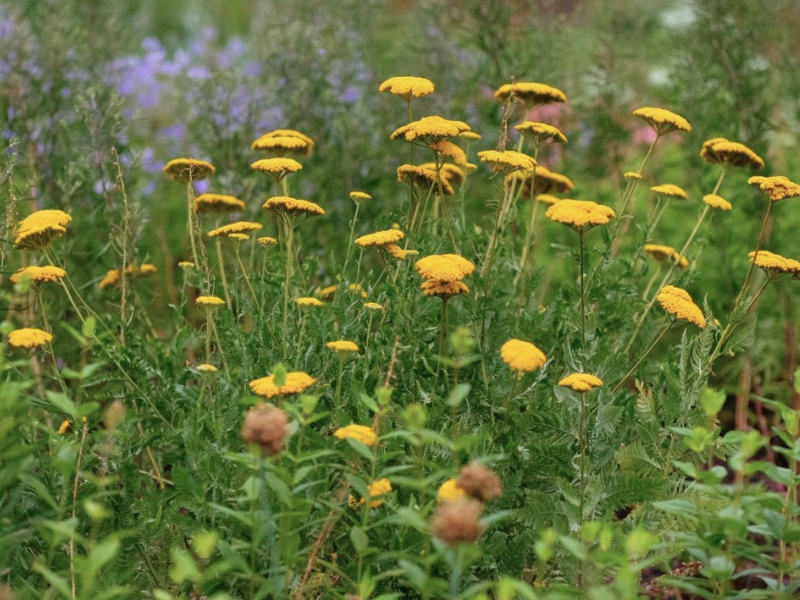
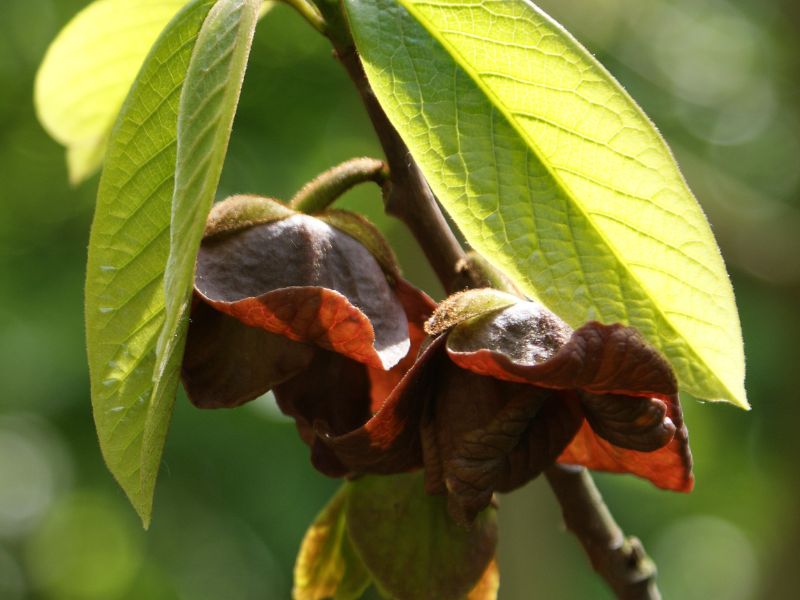
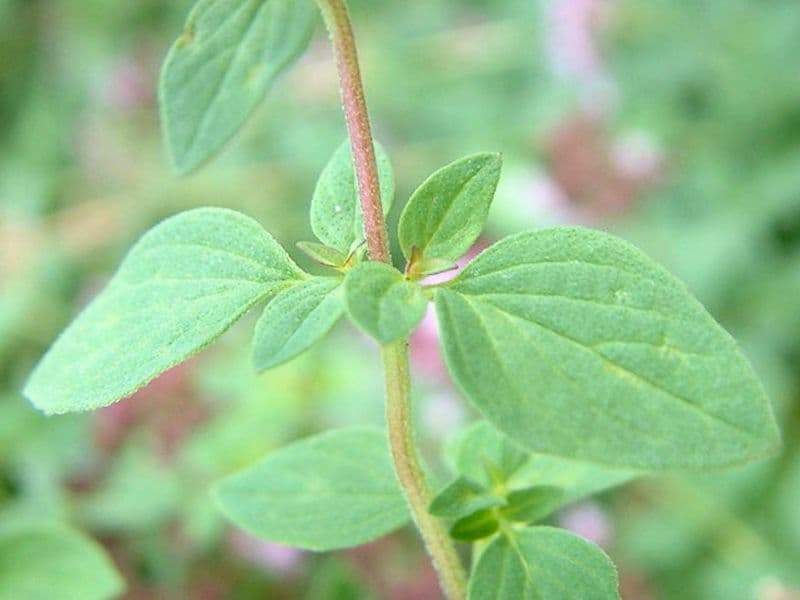
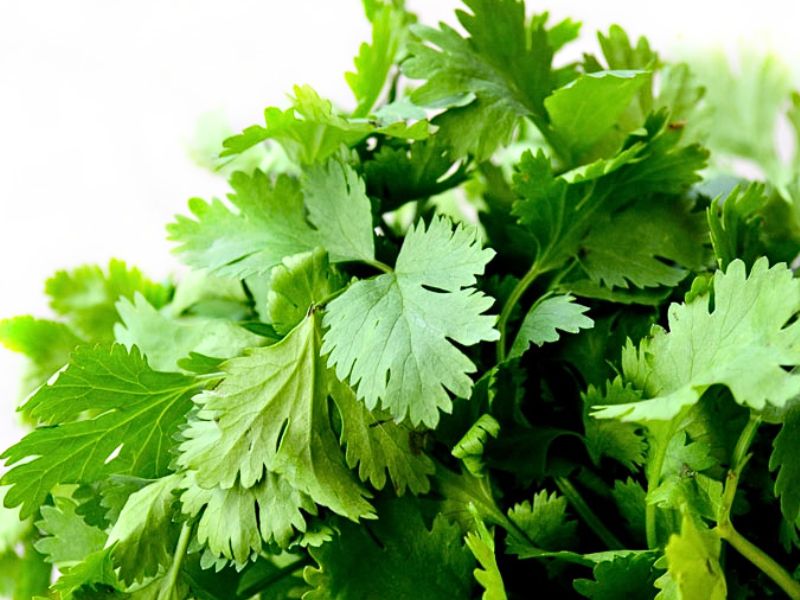
Leave a Reply